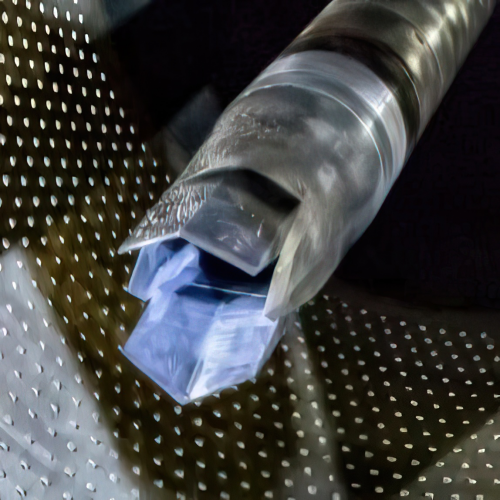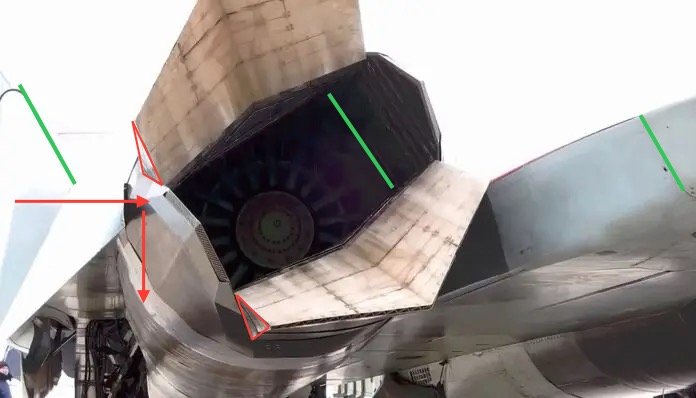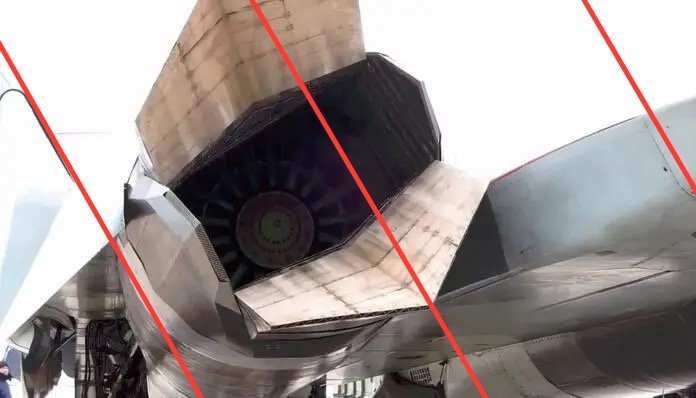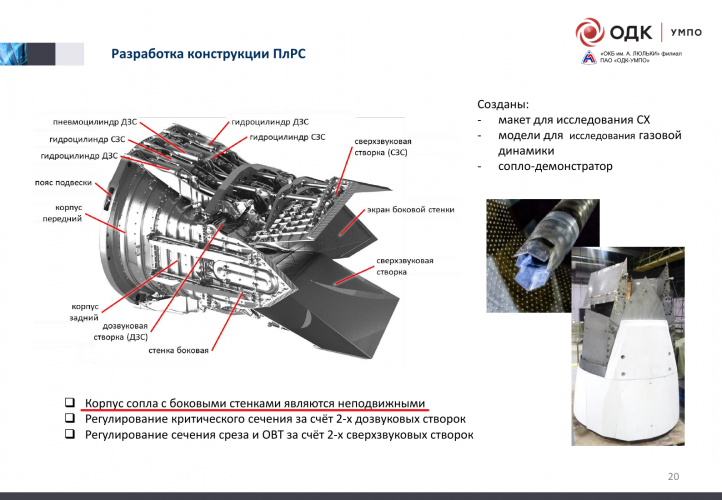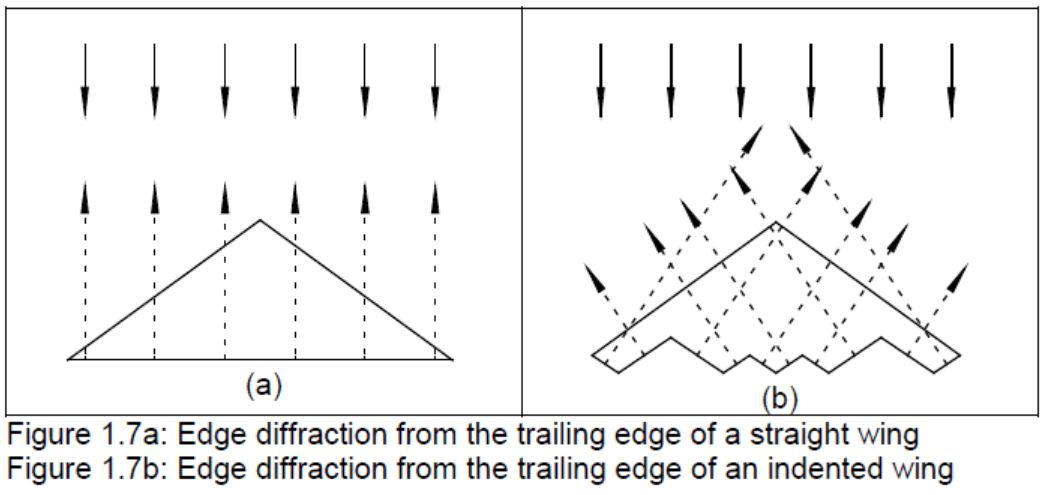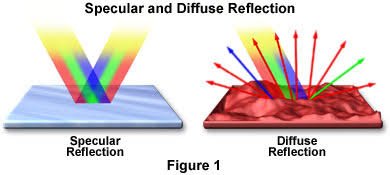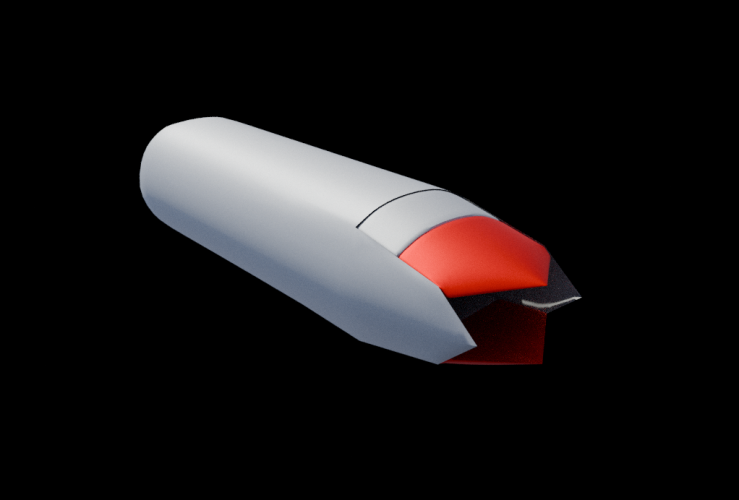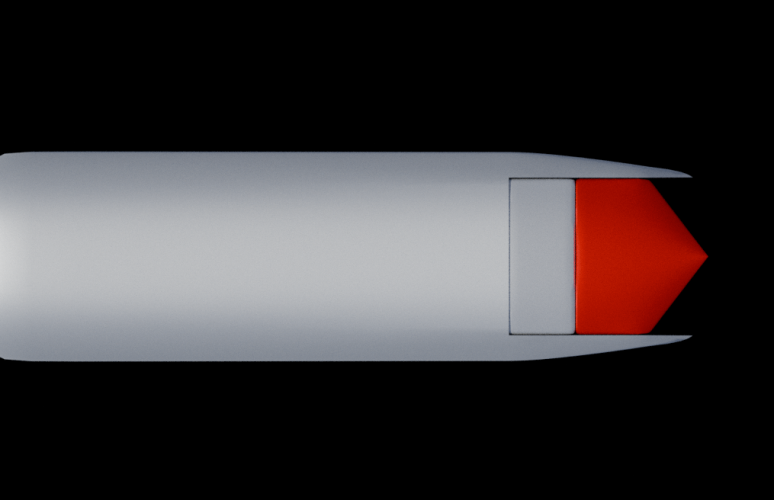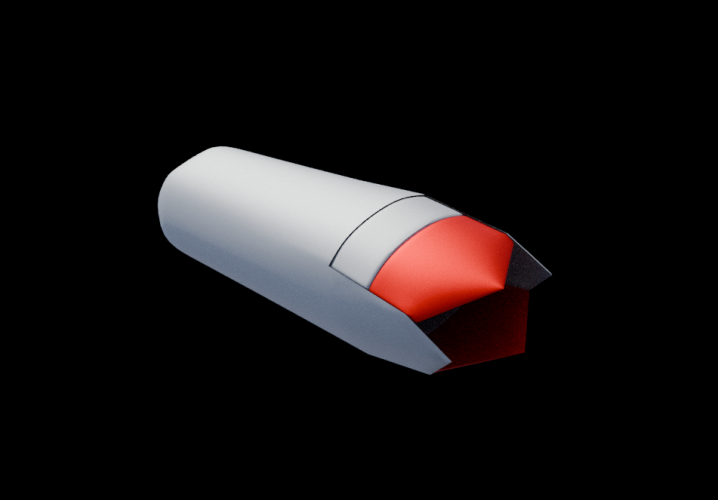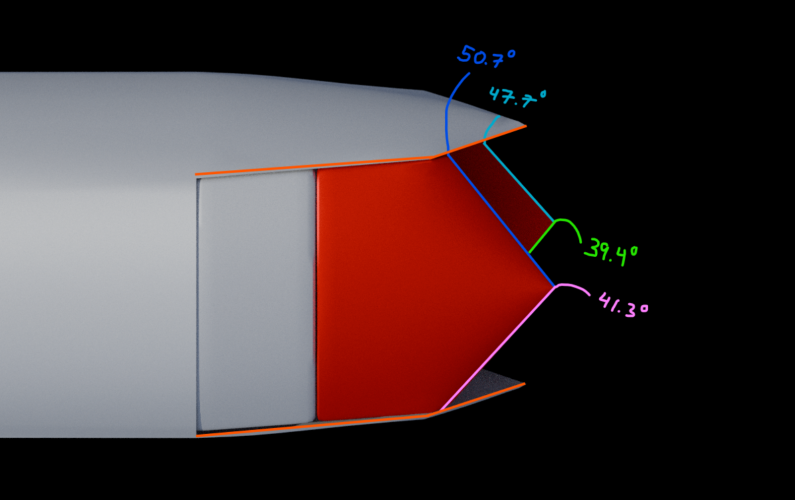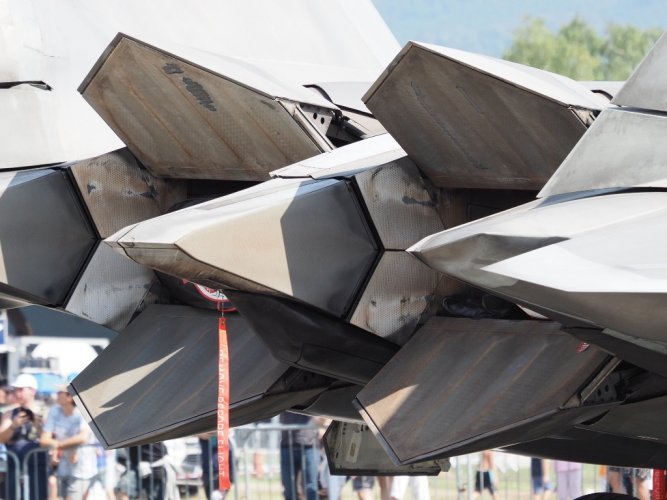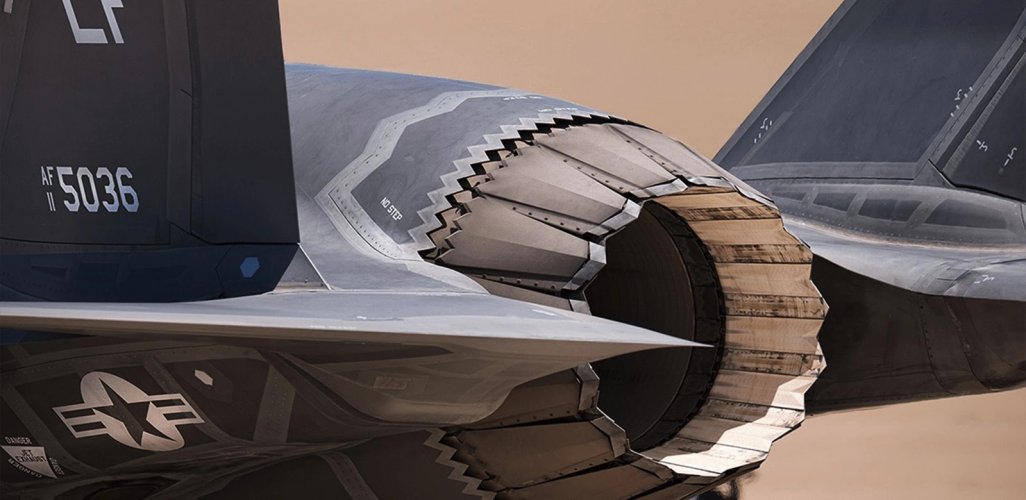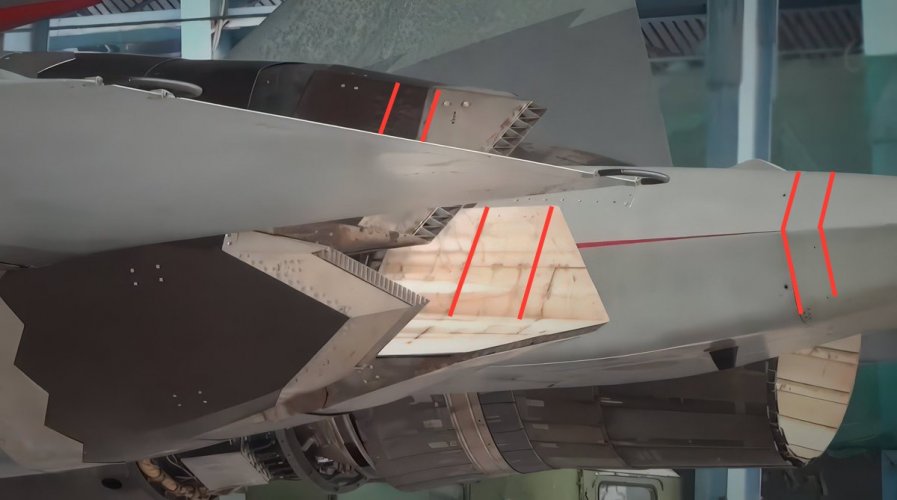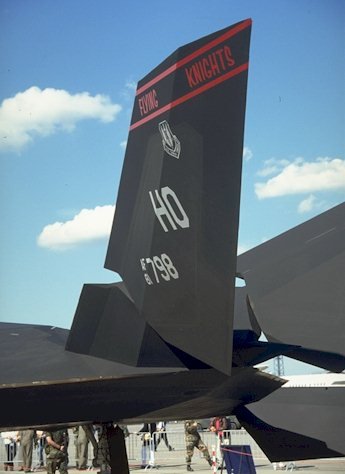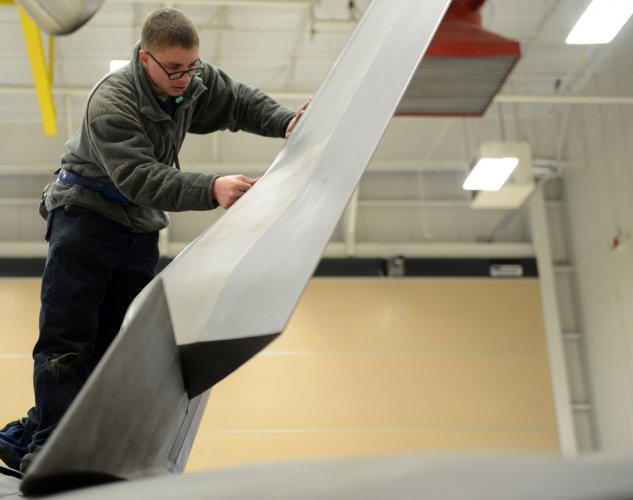Galaxy
ACCESS: Confidential
- Joined
- 14 December 2024
- Messages
- 67
- Reaction score
- 130
2D (flat) nozzles don't "reduce" thrust.
The area ratio of variable geometry nozzles changes in flight so that the nozzle operates near perfect isentropic expansion, where the gross thrust coefficient (F/Fi) is almost 1 (given the unavoidable losses due to angularity, friction, leakages...). 2D nozzles behave like the axisymmetric ones (some shock pattern are different tbf), and both output 99% of the ideal thrust.
A reduction in 5% would be massive, a value you can encounter in conditions of moderate under/over-expansion.
That’s cool but flat nozzles still definitely lose thrust. It been documented in various studies including ones done by NASA. Your argument is like claiming there is no ‘fire’ in a combustion engine…..it’s actually rapid thermal expansion where opposing force cancels out to create force transmission through a drive shaft.

